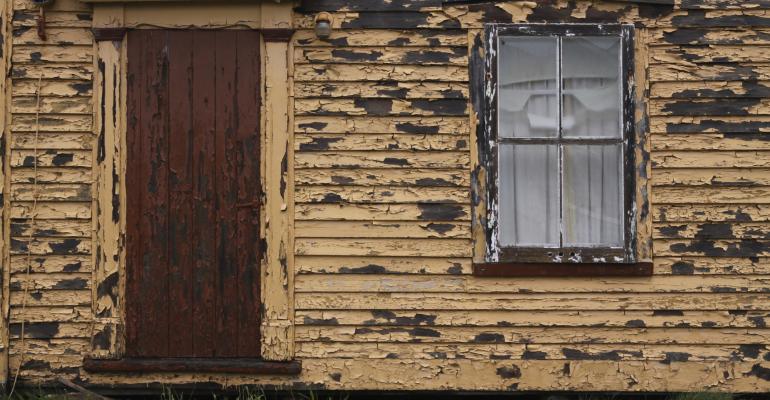Yield-driven multifamily investors are more and more likely to focus on fixing up older properties.
“A lot of the activity will be in the value add,” said Jim Clayton, Ph.D., head of investment strategy and analytics for real estate investment firm Cornerstone Real Estate Advisers, speaking at the NMHC research forum, held April 6-7 in Chicago.
Higher prices on apartment properties have squeezed the yields for investors. Value-add investments offer an opportunity to push those yields higher. That might not matter for buyers simply looking for a safe place to park their money, but high yields are very important to institutional investors like pension funds and insurance companies that must meet their targets to fulfill their responsibilities.
Adding up
Multifamily investors bought a high amount of value-add properties in 2015 compared to 2014. They acquired $32.7 billion in value-add assets, or 22 percent of the total $151.9 billion in apartment properties bought last year, according to data from New York City-based research firm Real Capital Analytics (RCA). That’s a big increase compared to $20.6 billion in 2014, which worked out to 18.1 percent of the total $113.9 billion in apartment properties bought that year.
The volume of investment in value-add apartment assets seems to have slackened in the first quarter of this year, at just $4.9 billion, or 12.9 percent of the total. However, the volume of properties bought and sold often changes sharply from quarter to quarter.
Investors also spent more to buy “core” apartment properties over the same period—$119.3 billion in 2015 compared to $93.3 billion in 2014. Many of these investors bought apartment properties “purely from a capital preservation perspective,” says RCA senior vice president Jim Costello.
These “core” buyers include foreign buyers who require a safe place to invest their money. In a more normal real estate market, they might invest in government bonds. But they have discovered that today the class-A apartments still trade at cap rates in the 3 percent range, close to twice the current, low yield on 10-year Treasury bonds of 1.78 percent, says Costello.
Institution investors, on the other hand, are seeking much higher yields. A value-add investment product offered by real estate investment and management firm Waterton, based in Chicago, is targeting a levered internal rate of return of 13 to 14 percent, for example.
Waterton can earn that rate of return because of the intrinsic value of the apartment properties and the lack of competition. In some markets, the prices for class-B and C properties are below the price of new construction. So Waterton won’t face any risk of new construction stealing its residents.
“It’s the replacement value story,” said Philip Martin, vice president of market research with Waterton, also speaking at the 2016 NMHC Research Forum. “We have to have a relative housing value edge—versus apartments and homeownership… We’re typically looking for a deal that is 10 to 15 percent below median rents, where it’s a nice home at great value against all housing options.”
The fundamentals are also stronger for cheaper apartments, because so many new class-A apartments now crowd the market. The vacancy rate for class-A apartments was 4.1 percent in the first quarter compared to 3.0 percent for class-B and C properties, according to the researchers at brokerage firm Marcus & Millichap.

